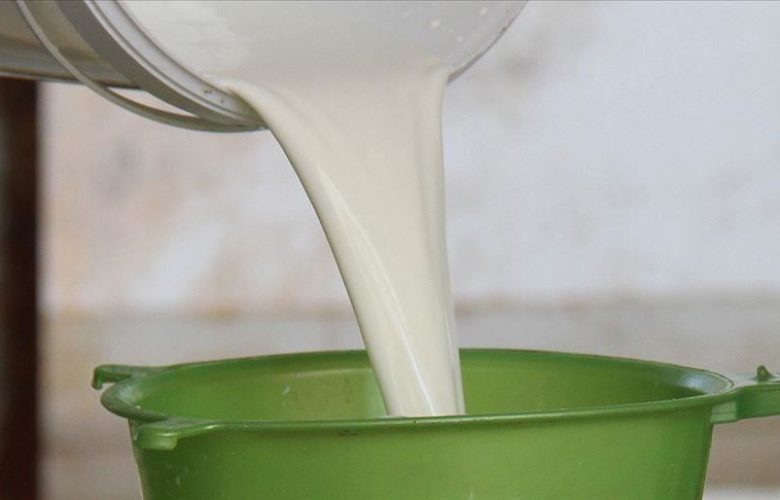The culprit? Often, it’s a lack of hygiene throughout the dairy chain. From the milking process to storage, the specter of bacteria looms large. Unclean equipment, animal waste, and improper handling all contribute to a higher bacterial count than recommended.
But hold on, before you pour out your cup, there’s another side to the story. Chemical safety appears to be a saving grace – studies haven’t found a widespread presence of harmful residues in milk. This is a positive step, but it’s only half the battle.
The real challenge lies in the very foundation of Ethiopia’s dairy sector – smallholder farmers. These dedicated individuals lack access to the technology and knowledge needed to consistently produce high-quality milk.
However, hope isn’t lost. Local initiatives are emerging as champions for change. Training programs are equipping farmers with better hygiene practices, and milk collection centers with cooling facilities are starting to dot the landscape. These efforts are a testament to the unwavering spirit of progress in Ethiopia.
So, here’s the bottom line: Ethiopia’s milk quality is a glass half full. While challenges remain, the potential for improvement is undeniable. Investing in infrastructure, farmer education, and robust quality control measures can transform this story. Imagine a future where every sip of Ethiopian milk is a celebration of good health and responsible practices.
Let’s raise a (clean) glass to that!





